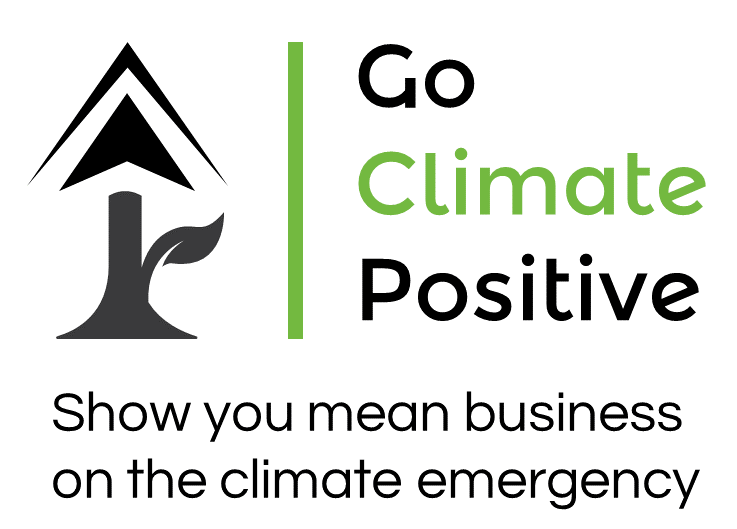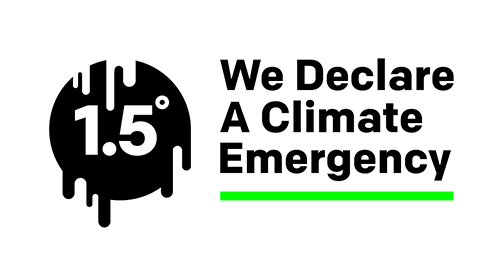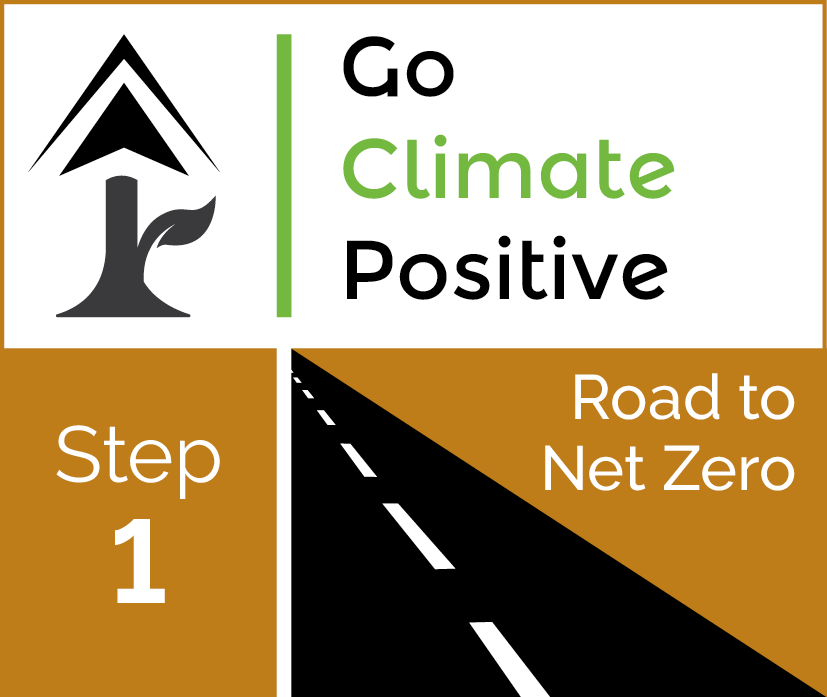Send a message 0333 344 5890 |
- Home
- Knowledge
- Membership FAQs
- Do I need data from my suppliers to calculate my business’s carbon footprint?
Do I need data from my suppliers to calculate my business’s carbon footprint?
The small business economy does not exist in isolation. As trade becomes increasingly global, supply chains and their associated impact on the environment are becoming more important to trace.
Set against a backdrop of rising global consumption, there is increased scrutiny, from consumers, governments and possible partners about an organisation’s sustainability and therefore the need for a business to quantify and understand the environmental impacts up and down its value chain becomes ever-more important.
Many aspects of a business's carbon emissions are inherent to its supply chain and the activities of its suppliers. To calculate your business’s carbon footprint comprehensively, you would need to consider not only the emissions produced directly by your operations, but also the emissions associated with the production, transportation, use and disposal of the services, products and materials you use.
Therefore, obtaining data from your suppliers is often a crucial step in calculating your business’s carbon footprint as accurately as possible. However, it is possible, and in some ways preferrable, to make a start without contacting your suppliers.
Scope 3 emissions
Scope 3 emissions, often referred to as Value Chain emissions represent all the indirect emissions that originate from sources that aren’t owned or controlled by your business, but occur because of its direct relationship with other organisations.
Scope 3 emissions incorporate the emissions from activities both upstream and downstream of your organisation that are not already captured in your Scope 1 and 2 emissions and are often the largest portion of a company's carbon footprint and require data from suppliers.
Typically, they will include the emissions created in the supply chain from the manufacture and production of goods and services, but also in their transport, distribution, use and eventual destruction of your products or services.
Click here for more details on Scope 1, 2 and 3 definitions
Data Quality Hierarchy
When gathering data, either from your own business or from organisations within your Value Chain, while it is important to get as much data as possible, there is a weighting of data which means some data is more valuable.
The best data to collect is emission data from your Value Chain partners (CO2e), next is a physical property related to the activity (such as amount of energy (kWh) required to support the necessary level of activity and or the amount or weight of raw materials bought (Kg or tonnes), and the distance they travel (miles) and by what means, for your direct use. If these are not available, we can look at your spend and investment (£) along with any other information available that can help us make an estimate of your carbon footprint.
We want to get the best, most relevant, data which is available and good enough to make a start.
Carbon footprinting is not an exact science, the more accurate the data provided, the better the resulting calculation, but it is still an estimate at the end of the day. We are used to improvising to make the best of whatever useable data clients provide to allow them to make a start on calculating their carbon footprint.
Once we have a credible footprint value then we can advise on how they can start reducing their emissions, which after all is the main goal. Waiting to get accurate carbon data from their suppliers may add considerable delay to the process and prevent the task of reducing emissions from getting going.
Carbon Footprint contributors that might require data from your supplier:
Materials and Products:
You need to know the emissions associated with the production, and disposal of the materials and products you use or sell. The data typically associated with this is the weight of goods purchased, hours of usage and spend on materials, but also the percentage (if any) of recycled content, used in production and manufacture that can also be recycled at the end of a products lifecycle (if known).
Transportation:
If your suppliers transport goods to your business, you'll need data on the transportation methods used for example, whether it is by land, sea or air, the distances travelled and ideally the weight of goods transported.
Energy Use:
If your suppliers provide you with services or materials that require energy-intensive processes, you'll need information about their energy sources – in particular whether the energy used was from a renewable source. For example is your website hosted on servers powered by renewable energy?
Waste Management:
Data on how much waste your company produces and how your waste , cpartners transport and manage waste, how far it travels and what happens to the waste when it gets there in terms of re-use, recycling, combustion, composting, landfill or anaerobic digestion can impact your overall carbon footprint.
Emission Factors:
Emission factors, which quantify the amount of greenhouse gases emitted per unit of product or service purchased, are the best data we can get if the supplier has had its own carbon footprint calculated. However few companies have this currently and it can vary based on location and technology. Your suppliers might have more accurate data for their specific processes.
Science-based targets:
In line with global best practice, we use science-based targets to help our clients plan their roadmap to carbon reduction. When working with suppliers, it would be useful to establish whether they have these or any other kind of sustainability strategy or statement in place to determine if they have similar values.
Suppliers' data is therefore an important factor when calculating your business's carbon footprint. In many industries, a significant portion of a company's carbon emissions occurs within its supply chain. As a result, understanding and managing the carbon footprint of your suppliers over time is essential for accurately assessing the environmental impact of your business operations.
Is it worth including my supplier’s data in my carbon footprint calculations?
By including emissions from supplier’s activities it can increase the size of your businesses carbon footprint and mean that the majority of the emissions captured come from assets or activities out of your control. Nevertheless, there are a number of benefits associated with measuring these types of Scope 3 emissions.
Here are some of the good reasons to collate this supplier data:
Greatest Impact:
Given the scale of some organisation’s supply chains it could be that the biggest opportunities for carbon reduction lie outside of your normal operations. By including these measurements at the outset, it provides more scope for significant reductions.
Accuracy and Transparency:
Accurate carbon footprint calculations require comprehensive data. By collecting and analysing your suppliers' emissions data, you can provide a more precise assessment of your business's environmental impact. This transparency can enhance your company's credibility and help you make informed decisions to reduce your carbon footprint.
Identifying Hotspots:
Supplier data can help you identify the key areas within your supply chain that contribute most to your carbon footprint. This knowledge allows you to focus your efforts on high-impact areas, optimising your sustainability initiatives and resource allocation.
Risk Management:
Understanding your suppliers' emissions can help you assess potential risks related to climate change and regulatory changes. It allows you to anticipate disruptions in the supply chain due to environmental factors and make proactive adjustments.
Sustainable Sourcing and Collaboration:
By evaluating suppliers' emissions, you can make informed choices about sourcing materials and components from more environmentally responsible suppliers. This may lead to partnerships with suppliers who share your sustainability goals and can help drive positive change throughout the supply chain.
Reporting and Compliance:
Many industries are now required to report their carbon emissions as part of regulatory or industry-specific requirements. Supplier data is often essential for fulfilling these reporting obligations accurately.
Stakeholder Expectations:
Customers, investors, and other stakeholders are increasingly interested in the sustainability practices of the companies they engage with. Providing comprehensive data on your supply chain emissions demonstrates your commitment to environmental responsibility.
It's important to collaborate with your suppliers to gather this data over time. Communicate your goals and intentions for calculating your carbon footprint and discuss the need for accurate data to improve sustainability efforts. Many companies today are focusing on supply chain sustainability and transparency, so your suppliers may already be prepared to provide some of this information. Additionally, this collaboration could lead to discussions on how to jointly reduce emissions throughout the supply chain.
Keep in mind that calculating a carbon footprint can be complex, and accuracy is important for effective sustainability planning. Working closely with your suppliers to gather data and improve transparency can be a valuable step toward reducing your business's environmental impact.
However, this laudable goal can become a problem if it is allowed to delay the process of carbon reduction planning. We have found that it is generally best to start by making the best estimate of your Value Chain emissions, using the Data Quality Hierarchy. This helps you identify targets for carbon reduction and helps you build a manageable plan to involve your suppliers, by targeting the biggest contributors to your footprint first.
Conclusion
Your suppliers' data will play an important role in calculating your business's overall carbon footprint, especially in the context of Scope 3 emissions. To accurately assess and manage your environmental impact, it's important to collaborate with your suppliers – and other organisations in your value chain – to gather as much relevant data as possible and incorporate it into your carbon footprint calculations and subsequent sustainability strategies.
We recognise the challenges presented by this data capture activity as many companies don't have it themselves, and so we are well practiced at making the best estimates we can from the data that is available. Then over time, the more data we collect, the more accurate a picture we can build of how the carbon flows through your supply chain and identify areas for increased efficiency and reduction, which will also save money.
At Go Climate Positive, our team of expert carbon coaches can help on this process, even if you don't have all the data available. We can then work with you to improve the quality and quantity of data supplied - the most important thing is to start making reductions in whatever way possible.
Getting expert help with the capture and measurement of Scope 3 emissions can give you peace of mind that all supply chain emissions are being reported in the most accurate way, while also ensuring that you don’t accidentally include emissions that aren’t relevant to your business.
For help calculating your carbon footprint, get in touch with our Carbon Coaches today.




